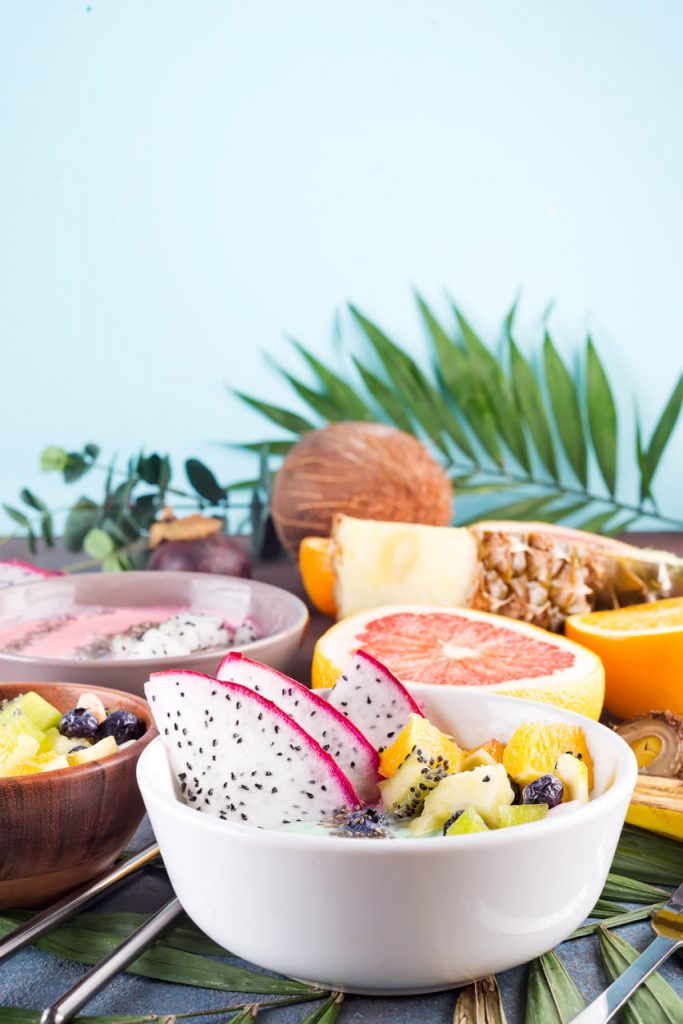Bringing a healthy food idea to market is an exciting journey—but it’s not as simple as bottling grandma’s granola or blending your favorite green smoothie. Turning a kitchen creation into a shelf-ready product requires balancing flavor, nutrition, compliance, business strategy, and brand storytelling.
If you’ve ever thought, “Everyone loves this—I should sell it!” — this guide is your step-by-step roadmap for making that happen.
1. Validate the Idea Before You Scale
Before you spend a cent on packaging or production, start small. Test the concept with a clear target audience.
- Ask the right people. Your friends love it, sure—but would health-conscious strangers pay for it? Run a limited pre-order, attend a local market, or create a test landing page to gauge interest.
- Solve a real problem. Does your product fill a gap in the market? Gluten-free, low-FODMAP, keto-friendly, or allergen-safe—make sure it has a clear “why now.”
- Get honest feedback. Focus on taste, texture, portion size, price point, and clarity of health benefit. Listen carefully—and revise.
2. Build a Minimum Viable Recipe (That’s Actually Scalable)
Your at-home version might be delicious—but commercializing it is a different game.
- Simplify ingredients. Choose ingredients that are easy to source, stable in bulk, and cost-effective. Fewer is better—for clean-label compliance and profit.
- Work with shelf-life in mind. Does your product need refrigeration? Can it last weeks, not days? Begin building with food safety and preservation at the forefront.
- Use standardized measurements. Start thinking in grams, percentages, and batch formulas—these will matter in manufacturing.
- Test functionality. How does it hold up after 3 days? Does the packaging affect taste or texture?
Consider consulting with a food scientist for this phase—or joining a course like Healthy Food Product Lab.
3. Understand Legal & Regulatory Requirements
Healthy doesn’t mean you can skip the rules. In fact, health claims are more tightly regulated than ever.
- Labeling laws: Know what you’re legally allowed to say (“high in fiber” vs. “boosts immunity”).
- Allergen declarations: Be transparent and follow guidelines—especially for top allergens like nuts, soy, and dairy.
- Nutritional facts panel: You’ll likely need third-party lab testing for macronutrient accuracy.
- Food safety protocols: Depending on your product and region, this may include HACCP plans, co-packer audits, or inspections.
Skipping this step can cost you your business. Get it right from day one.
4. Choose the Right Production Path
There are three typical routes for production:
- Home/kitchen certified production: Good for early MVPs, farmers’ markets, and local delivery.
- Commercial kitchen rental: A step up with more legitimacy, consistency, and licensing.
- Co-manufacturing (copacker): Best for scaling, but requires finalized formulas and often a minimum order quantity (MOQ).
Pro tip: Start small, but plan for scale. Even your home batch should be created with future mass production in mind.
5. Design a Brand That Tells a Story
In a crowded wellness space, your branding matters just as much as your ingredients.
- Name & logo: Choose a brand name that’s meaningful, easy to say, and available online.
- Packaging: Keep it clean, honest, and functional. Emphasize your unique value visually (e.g. “only 3 ingredients,” “zero added sugar”).
- Voice: Your tone should reflect your mission—are you bold and energetic, calm and grounded, or expert and scientific?
- Photography & web presence: Even the healthiest food won’t sell without great visuals and a trustworthy online footprint.
Ask yourself: would you pick this product up off a shelf without knowing anything about it?
6. Go to Market with Purpose
A strong go-to-market strategy makes the difference between a passion project and a profitable business.
- Start local: Health food stores, gyms, wellness cafés, and weekend markets are excellent proving grounds.
- Build online presence: A direct-to-consumer site or platform like Etsy or Amazon can help you test before wholesaling.
- Pitch retailers smartly: Bring sell sheets, shelf-life info, margins, and samples. Be ready to speak their language.
- Tell your founder story: People don’t just buy ingredients—they buy mission. Be transparent, personal, and purpose-driven.
7. Keep Improving Post-Launch
Once you’ve launched, the real work begins.
- Collect feedback constantly. Track returns, reviews, and repeat orders to optimize taste and format.
- Track your margins. Cost of goods, shipping, packaging, and labor—all affect profit. Know your numbers.
- Stay compliant. Regulations change—especially around health claims. Keep learning.
- Stay inspired. Taste-test competitors, explore new ingredients, and evolve your line based on trends and customer needs.

